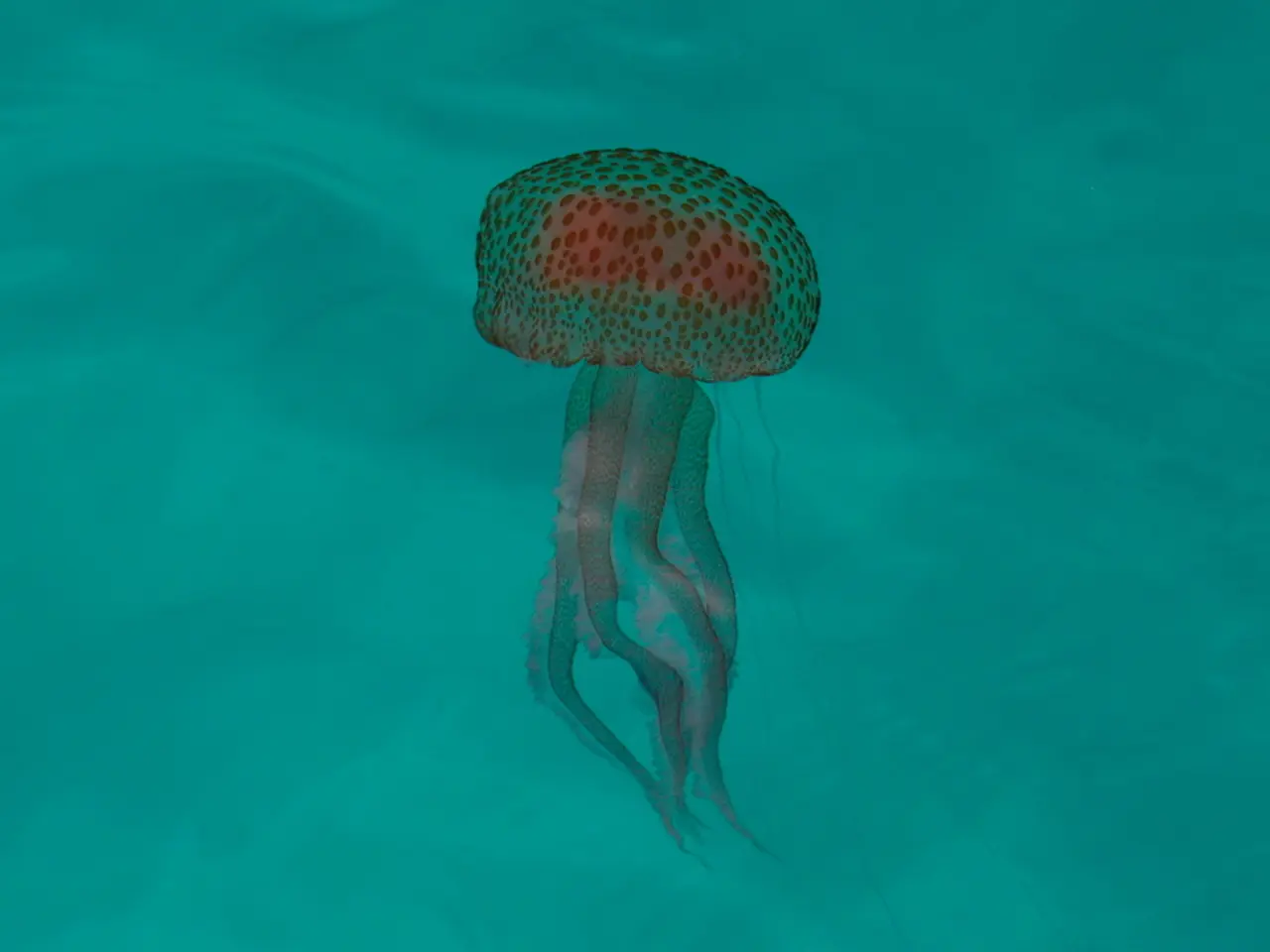Spermatic Cyst: Explanation of Definition, Causes, and Remedies
In the realm of testicular health, spermatoceles are a common occurrence. These noncancerous, fluid-filled sacs or cysts sit above and behind the testicle, often going unnoticed due to their painless nature. However, when they grow in size or cause discomfort, it's essential to understand the available treatment options.
Most spermatoceles do not require treatment as they are asymptomatic. But for those that become painful or large, or cause symptoms such as a heavy feeling testicle, a feeling of fullness above or behind the testicle, or discomfort or pain in the affected testicle, there are several treatment methods available.
Surgery (Spermatocelectomy) is the most effective and definitive treatment for spermatoceles that are large, painful, or causing urinary symptoms. This procedure involves surgically removing the cyst and is typically recommended when the spermatocele becomes a nuisance or symptomatic. It's important to note that surgery carries risks, including potential impacts on fertility, so the decision should involve a discussion with a healthcare provider.
Aspiration is a minimally invasive procedure where the cyst's fluid is drained with a needle under local anesthesia. While this can temporarily reduce the size and alleviate pain, it is associated with a risk of recurrence, meaning the cyst may come back and require further treatment.
Sclerotherapy is another less invasive option. After aspiration, a chemical solution is injected into the cyst to cause inflammation and shrinkage. This can be effective but also carries a possibility of recurrence and may require repeated treatments.
For less severe symptoms, pain relievers or anti-inflammatory medications may be used to reduce discomfort or swelling, but they do not remove the cyst.
It's crucial to remember that small, asymptomatic spermatoceles often do not require treatment. If you notice a hard, painless lump or pressure at the base of your penis during a self-exam, it's advisable to consult with a healthcare provider for a proper diagnosis.
After the procedure, a doctor will want to schedule a follow-up appointment within 3 weeks. Recovery from surgery for spermatocele removal can take about 1-2 weeks, and a person may need to wear a supportive strap during this time.
In summary, for painful or large spermatoceles, surgery is the most common definitive treatment, while aspiration and sclerotherapy are less invasive options with a higher chance of recurrence. Medication may help with pain but does not treat the cyst directly.
Spermatoceles are fairly common, and estimates suggest that they may occur in nearly 1 in 3 people with testicles. The exact cause of spermatoceles is still unknown, but one theory suggests they may result from a blockage of the epididymis.
If you have any concerns about a spermatocele or require further information, consult with a urologist who can diagnose the condition using a bright light or ultrasound and provide personalised advice on treatment options and post-procedure care.
- In men's health and sexual health, spermatoceles are a common medical condition, particularly in the testicular area.
- For those spermatoceles that become painful, large, or cause discomfort, there are several treatment methods available, such as surgery, aspiration, and sclerotherapy.
- Other males experiencing spermatoceles should be aware that minor symptoms may not require treatment, but it's essential to consult with a qualified healthcare provider for guidance.
- On the frontier of science and medical research, the exact cause of spermatoceles is still unknown, although there are theories suggesting they may result from blockages within the epididymis of the testicles.




